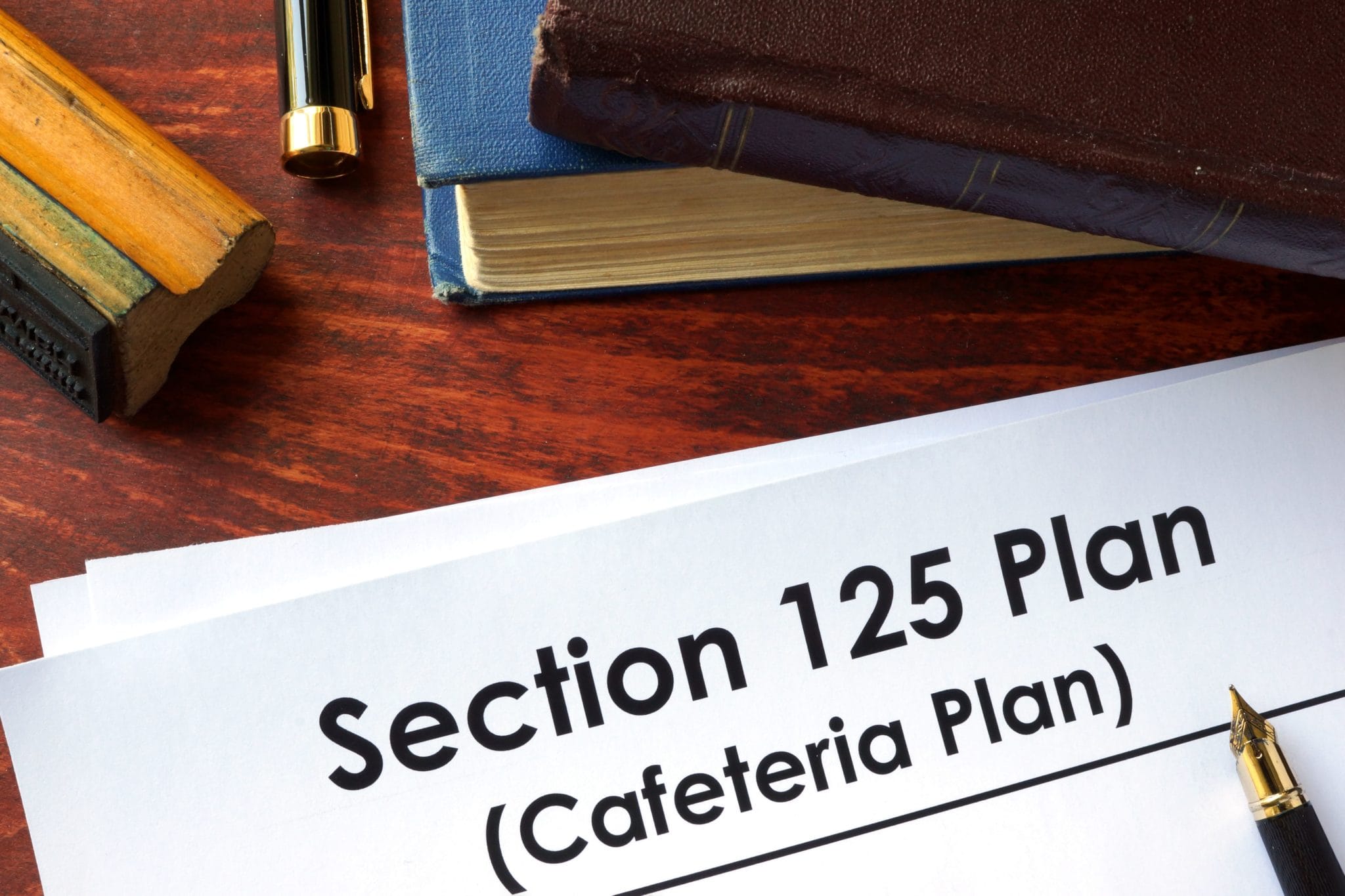Common mistakes can be a recipe for disaster
Cafeteria plans can be an attractive and cost-effective tool for offering benefits to employees, providing substantial tax savings for employer and employees alike. But all too often, businesses fail to fully appreciate the requirements that must be met to achieve these savings. One misstep could turn years of pretax salary reductions into taxable compensation, with potentially disastrous results.
How cafeteria plans work
A cafeteria plan — also known as a Section 125 plan — gives employees a choice between receiving compensation in cash (which is taxable) or selecting from a menu of tax-free benefits. Benefits offered may include group term life insurance, accident and health plans, dependent care assistance, and adoption assistance. Benefits are funded by salary reductions, allowing employees to purchase them with pretax dollars (thereby avoiding both income and payroll taxes) and relieving the employer from payroll taxes on those amounts.
Many cafeteria plans are premium-only plans (POPs) or Flexible Spending Account (FSA) plans. With a POP, the employer sets aside a portion of employees’ pretax earnings to pay, for example, health insurance premiums. FSAs are like savings accounts employees can use to pay unreimbursed medical expenses (for themselves and their dependents) or certain dependent care expenses. At the beginning of each plan year, employees estimate their expenses for the year and determine how much to contribute to their FSAs through salary reductions over the year (subject to applicable limits).
FSAs generally are subject to a “use it or lose it” requirement. In other words, a participant who overestimates his or her expenses for the year will forfeit any balance remaining in the account at the end of the year. However, at the option of the employer, a plan may provide relief in the form of either 1) a grace period of up to 2½ months after the end of the plan year in which participants can use the remaining funds to pay eligible expenses, or 2) a “rollover” of up to $500 in unused funds to the following plan year.
Mistakes to avoid
Cafeteria plans have become so common that employers — especially small businesses — often underestimate what’s required to establish and maintain one. Here are some common mistakes to avoid:
Not putting it in writing. Some businesses don’t realize that a cafeteria plan must be in writing. Sec. 125 requires that details of the plan be included in a written document signed by the employer on or before the first day of the plan year.
Offering benefits to ineligible employees. Only employees may participate in a cafeteria plan (although benefits are available for their spouses or dependents). For purposes of eligibility, employees don’t include sole proprietors, partners in a partnership or more than 2% shareholders in S corporations. Businesses that offer benefits to nonemployees risk disqualification.
Failing to comply with ERISA requirements. Cafeteria plans are subject to the Employee Retirement Income Security Act (ERISA), which imposes a variety of recordkeeping, notice and reporting requirements. It may also require a trust fund to be established to hold certain plan assets.
Failing to test for nondiscrimination. Like other ERISA plans, cafeteria plans must meet nondiscrimination requirements and test regularly for compliance. In general, employers must ensure that their plans don’t discriminate in favor of highly compensated or key employees with respect to eligibility, contributions or benefits. Nondiscrimination testing should be performed at least annually, although interim testing is advisable if changing circumstances indicate a risk of noncompliance.
Businesses with fewer than 100 employees may be eligible to establish a “simple cafeteria plan.” These plans offer simplified discrimination testing, so long as the employer provides a minimum level of benefits to all eligible rank-and-file employees.
Review your plan
If your business has a cafeteria plan, it’s a good idea to review it periodically to ensure that it complies with IRS requirements. If you’re uncertain about your obligations under Sec. 125, contact us for assistance.
IRS relaxes cafeteria plan rules in light of COVID-19
To help employees affected by the COVID-19 pandemic, the IRS recently issued guidance allowing businesses with cafeteria plans to relax certain requirements for 2020. Permitted changes include:
- Allowing participants to make certain midyear elections to change their health coverage prospectively — for example, by enrolling in or dropping coverage, changing coverage options, enrolling new dependents, or adjusting FSA contributions; ordinarily, these elections must be made before the plan year begins or in the event of certain changes in status, such as marriage, divorce, death or the birth of a child,
- Increasing the maximum FSA balance that may be rolled over to the following year from $500 to $550, and
- For grace periods or plan years ending in 2020, extending the period during which unused FSA funds may be applied to health or dependent care expenses through the end of the year.
Keep in mind that this relief is optional and is available only if an employer modifies its plan.
© 2020


